Soft robotics
Lily Chambers and Adriana Cabrera
This class will focus in the study of a specific field in robotics, the soft robotics. Unlike rigid robots we are mostly used to, soft bodied robots have similarities and performance characteristics similar to living organisms or the human body. Soft-robotics are based in Bio-inspired design or biomimicry and have applications in wearables, rehabilitation prosthetics, surgical robots, rescuing and others. We will focus on the fabrication of soft actuators, sensors and grippers using novel materials, artificial muscles and performative locomotion design.
Inflatables
To make two dimensional inflatables, all you need is:
- a pencil, ruler, scissors etc.
- some paper
- baking paper
- thermovinyl
- an iron or heating press
- a straw

The process of making this is very simple: you draw up the design on paper and trace it on baking paper, cut out of the baking paper what you want to be sealed together, place the baking paper between two layers of thermovinyl and iron the thermovinyl between two layers of baking paper. The baking paper stays between the thermovinyl, and where there is no paper the material melts together.
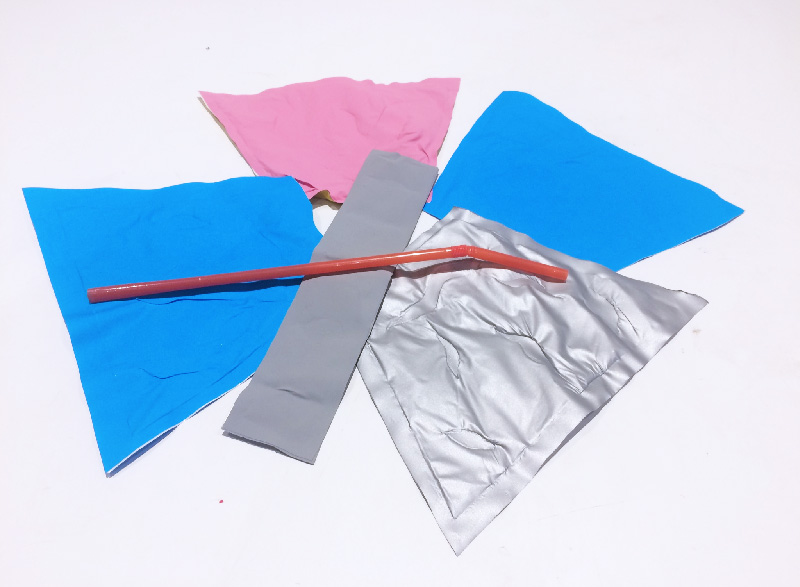
TPU (thermoplastic polyurethane) is also a great material for creating inflatables. You can actually use the lasercutter to weld the design following this tutorial, by setting the laser beam out of focus.
The thermovinyl inflatables in action:
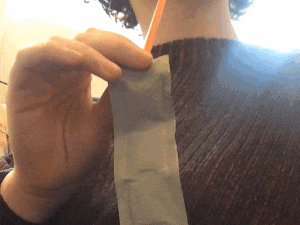

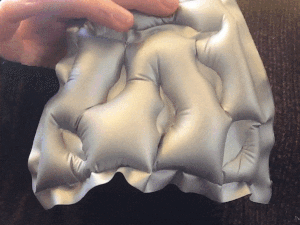
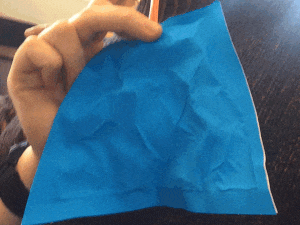
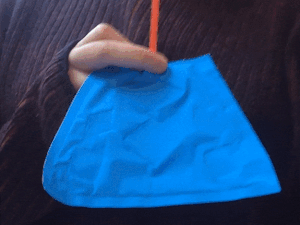
Notes
- your baking paper has to be at least 5mm wide throughout the design for the airflow to go through
- don’t forget to leave an entrance for the straw
- don’t lasercut thermovinyl (releases chlorine)